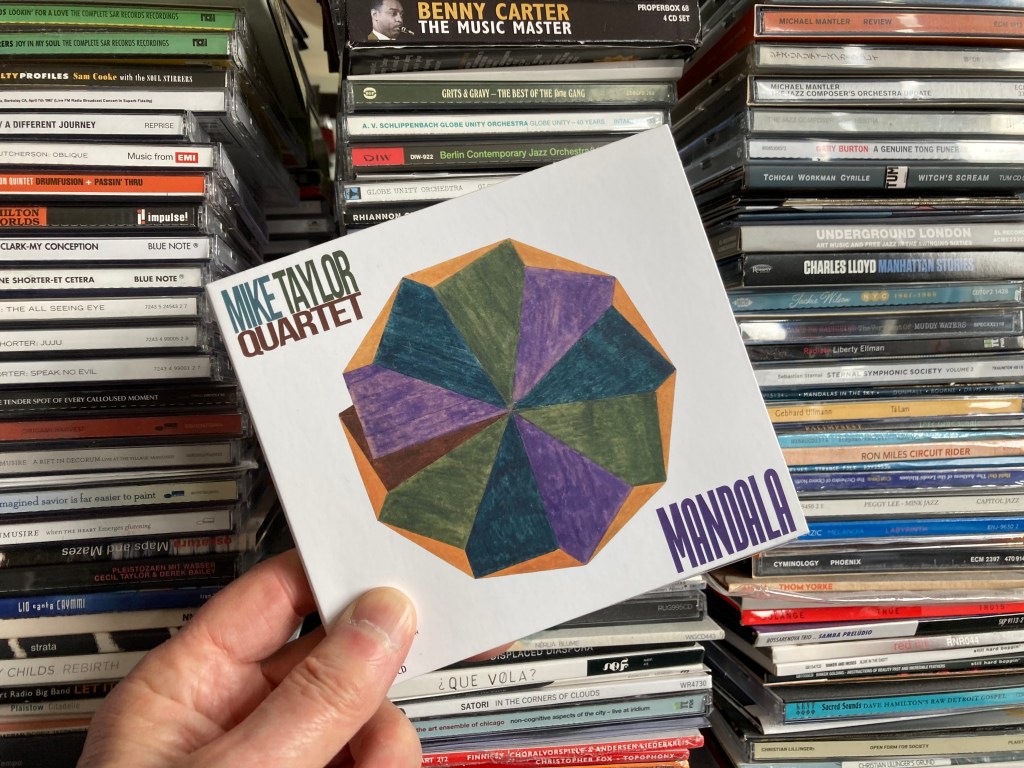The artwork of British jazz
Who could have imagined, as the music and those who made it were fighting for their existence, the three-figure sums that British jazz albums from the ’60s and ’70s would be fetching in a new century? To some, Richard Morton Jack’s Labyrinth: British Jazz on Record 1960-75, a large-format book containing threequarter-size reproductions of the front and back sleeves of 161 albums, plus another 140 at a smaller scale, will be a catalogue of longing and desire.
Look! Original copies (cond: VG) of Joe Harriott’s Abstract and David Mack’s 12-tone New Directions on Columbia, of Poetry and Jazz in Concert on Argo, of Mike Westbrook’s Celebration on Deram, of The People Band on Transatlantic, Bob Downes’s Open Music on Philips and Ric Colbeck’s The Sun Is Coming Up on Fontana! The first LPs by Howard Riley on the Opportunity label and Back Door on the Blakey imprint! The SME’s debut on Eyemark! Mike Taylor’s Pendulum! The only recording of the Chitinous Ensemble, directed by Paul Buckmaster! Guy Warren of Ghana! Lots of Michael Garrick, Graham Collier, Gordon Beck, Tony Oxley, Tubby Hayes, Stan Tracey, Keith Tippett, Alan Skidmore, Rendell & Carr, Ray Russell… all the way to the Nottingham Jazz Orchestra’s Festival Suite, released on Doug Dobell’s Swift label.
Richard Morton Jack gives a brief commentary on each album, with quotes from reviews, and there’s an introduction by Tony Reeves, probably most famous as the bass player with Jon Hiseman’s Colosseum, who describes how he, a Lewisham schoolboy, found his way into the scene as a player and a producer, with Neil Ardley’s New Jazz Orchestra, whose Western Reunion and Le Déjeuner sur l’herbe are featured, and others.
What a time it was — although, as I said, it was always a struggle for those trying to make a living in jazz clubs up and down the country, despite the efforts of intrepid A&R men/producers like Denis Preston, Terry Brown, Peter Eden and Giorgio Gomelsky to persuade Decca, EMI, Philips, Pye, Polydor and CBS to record this adventurous music.
Labyrinth finds a different and very enjoyable way of telling the story, exploiting the artwork and the information contained within 12 x 12 album jackets, back in the days of helpful sleeve notes. And if I had the choice of all these albums, but could keep only one? It would probably be the Blue Notes’ Very Urgent, their first recording after landing in the UK from South Africa. Produced by Joe Boyd at Sound Techniques and issued on Polydor under Chris McGregor’s name, it’s as exhilarating today as it was back in 1968, and its long-term influence is still to be felt, even in the work of young musicians then unborn.

* Richard Morton Jack’s Labyrinth: British Jazz on Record 1960-75 is published by Lansdowne Books (£60)


